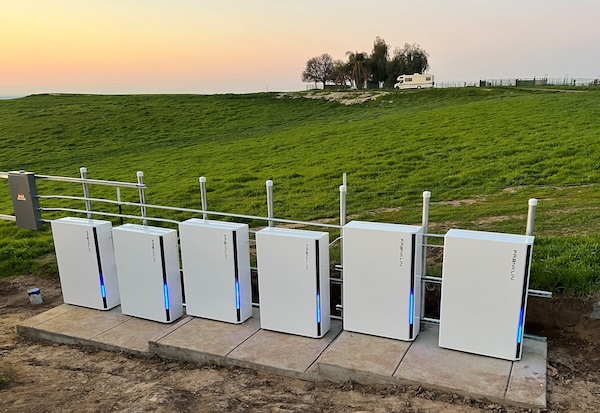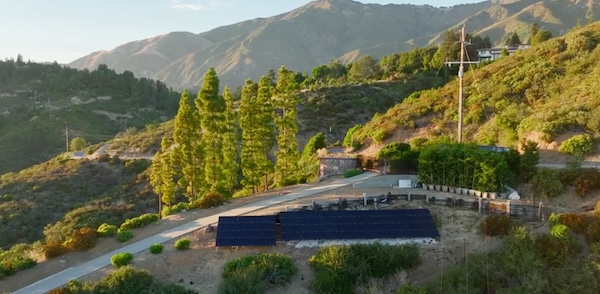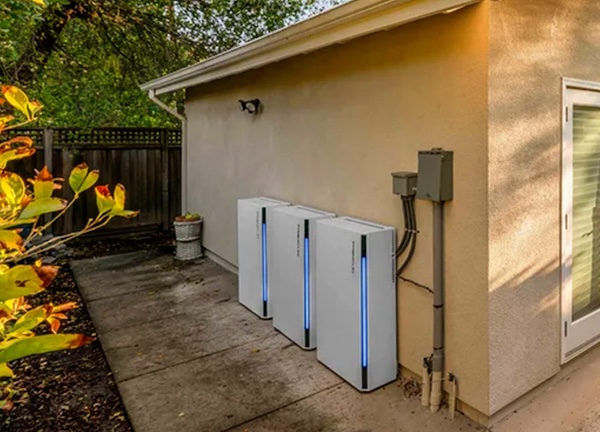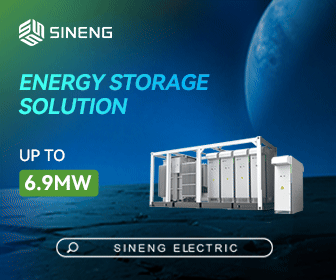In 2025, Two Massive Opportunities Await Forward-Thinking Utilities
The energy industry is in the midst of massive change, exacerbated by a new administration and an alarming increase in demand that has characterized the past few years. Many industry experts are closely watching the Trump administration’s rhetoric, policies, and legislation to understand what the future energy landscape may look like.
However, even during this transitionary period, there are several new opportunities for battery energy storage systems (BESS) that can unlock additional revenue streams and ensure the reliability of our aging energy grid. Throughout 2025, there are two opportunities to strengthen the grid regardless of changing policies that will be very impactful. Let’s take a look.

Distributed energy resources at edge of grid
To protect our energy future, priority number one must be improving the resiliency of the energy grid, especially with extreme weather events dominating headlines on a monthly basis. Over the past few months, massive power outages have occurred as a result of winter storms, wildfires, wind gusts and a variety of other phenomena in the United States alone. Four out of five consumers are concerned about extreme weather causing a disruption to their power supply, while another 74 percent are concerned extreme weather events will become more frequent or damaging in coming years.
There are a number of options utility companies can deploy to address this issue, from building new power plants to upgrading transmission lines. However, the most cost-effective and forward-thinking solution would be to deploy distributed energy resources (DERs) at the edge of grid, resulting in improved customer satisfaction and the ancillary benefits of grid management.
DERs can include solar panels, BESS, wind turbines, and other energy sources to generate and store their own electricity. Placing these resources at the end of the grid provides a backup for when power lines or systems go down, hardening the grid against the countless number of potential issues facing it.

For example, in one particularly tree-dense and remote location in the United States, the local utility is working with companies to deploy energy storage solutions at the end of grid branch circuits to ensure power capabilities even when the circuit goes down. In this area, branch circuits have an uncommonly high failure rate when extreme weather occurs due to falling trees and its relative seclusion. Placing DERs at the end of grid gives the utility — and its customers — peace of mind that power supply will not be cut whenever a storm comes to town.
There’s a significant opportunity for forward-thinking utilities to immediately improve the resilience of the energy grid, without needing the continued expenditure and headaches of building new generation and transmission lines. On the flip side, there’s an opportunity for homeowners to take matters into their own hands as well, which is especially important when considering energy inflation.
To protect against energy inflation, generate power where it is used
 A new report found that average U.S. electricity rates rose 4.8 percent per year from 2019 to 2023. The growing demand for AI, data centers, and electric vehicles over the past few years has only exacerbated the issue, making it likely that energy costs will continue rising in the coming years.
A new report found that average U.S. electricity rates rose 4.8 percent per year from 2019 to 2023. The growing demand for AI, data centers, and electric vehicles over the past few years has only exacerbated the issue, making it likely that energy costs will continue rising in the coming years.
At the same time this trend is hitting consumers’ wallets, there’s another added cost the average energy user likely doesn’t know about. Throughout the energy process, from initial generation through transmission to load use, anywhere from one-quarter to one-third of the energy produced is lost due to heat. Utilities have to pass this cost onto the consumer in order to turn a profit, making energy even more expensive than it needs to be.
Rising energy costs and significant fees for energy lost during production/transmission spells trouble for the average consumer. It also means that right now is an excellent time to consider placing technologies that can generate and store energy, like solar panels and BESS, directly on the home or dwelling. Not only does self-consumption negate the concerning trend of energy inflation, but it also ensures the consumer uses exactly as much energy as they generate — and doesn’t have to pay for more.
There are going to be countless discussions in the next several months about the future of American energy production, investment, and the strategic roadmap to protect our energy future. While these discussions will certainly be important, it’s on the energy industry to take immediate actions that protect our grid in both the short- and long-term.
Placing DERs at the edge of grid is a great start to improving our grid, but equally important will be how we communicate the importance of this topic to the everyday consumer. The state of the U.S. energy grid affects everybody with access to power, and we all have a part to play in growing its reliability. It’s time for the industry to come together in support of our energy future.
Vincent Ambrose is CCO at FranklinWH, a research-driven company focused on next-generation residential energy management and storage solutions.
FranklinWH | www.franklinwh.com
Author: Vincent Ambrose
Volume: 2025 July/August









